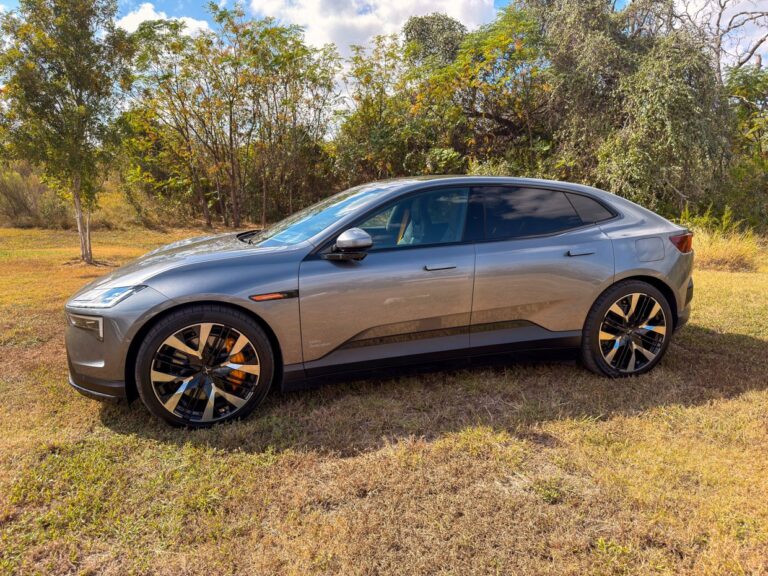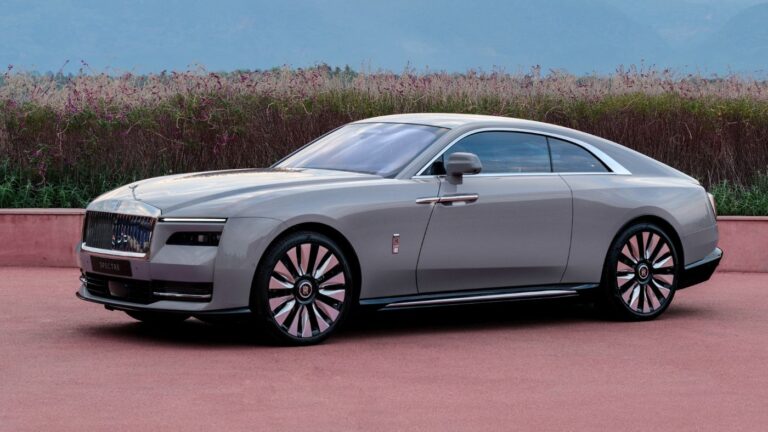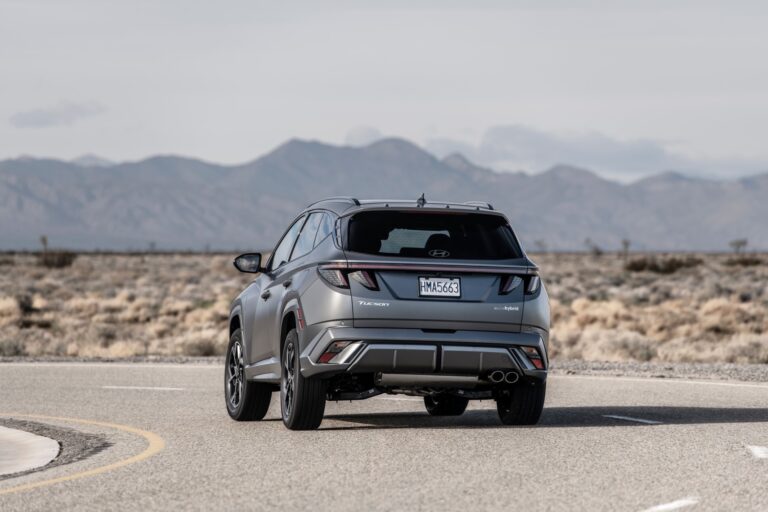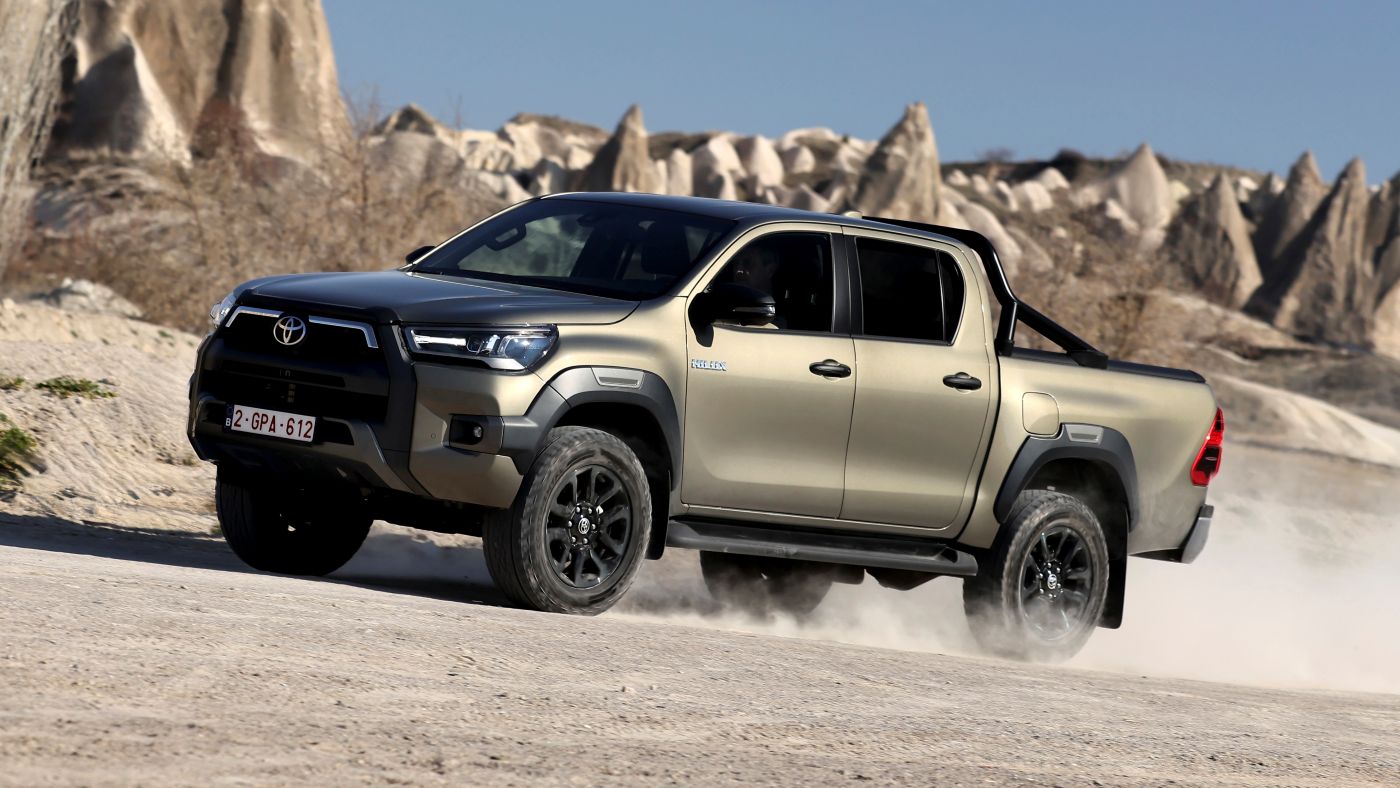
Toyota Hilux2
In the United States automotive market, truck-obsessed buyers and their specific demands have successfully led Toyota to develop not just one, but two distinct pickups specifically tailored for that region: the mid-size Tacoma and the full-size Tundra.
On a global scale, however, Toyota’s strategic focus has remained steadfast and laser-focused on its iconic Hilux line, which has been in continuous production since the year 1968.
This globally-focused lineup saw the highly anticipated arrival of its first all-new generation in a full decade on Monday, and the comprehensively updated Hilux is making its debut with an impressively wide array of almost every powertrain variant that a modern manufacturer could reasonably offer to customers.
Toyota has announced ambitious plans to launch the new-generation Hilux in several different configurations: as a standard internal combustion vehicle, a more efficient 48-volt mild hybrid system, a traditional diesel engine, a fully battery-electric EV model, and finally, a hydrogen fuel cell EV variant.
It is important to note that these five powertrain options will not all be simultaneously available in every single market where the Hilux is sold, but the truck’s fundamental development process, which was undertaken with all five distinct concepts in mind from the beginning, should ultimately give
Toyota needs the necessary variety and flexibility it needs to strategically target the Hilux toward many specific types of customers in many specific places across the globe.
The internal combustion-focused versions of the Hilux will continue to serve as the primary tip of the brand’s international truck spear for most markets, but the new 48-volt mild hybrid system is being positioned as the brand’s main volume-seller for regions with stricter emissions standards, such as Western Europe.
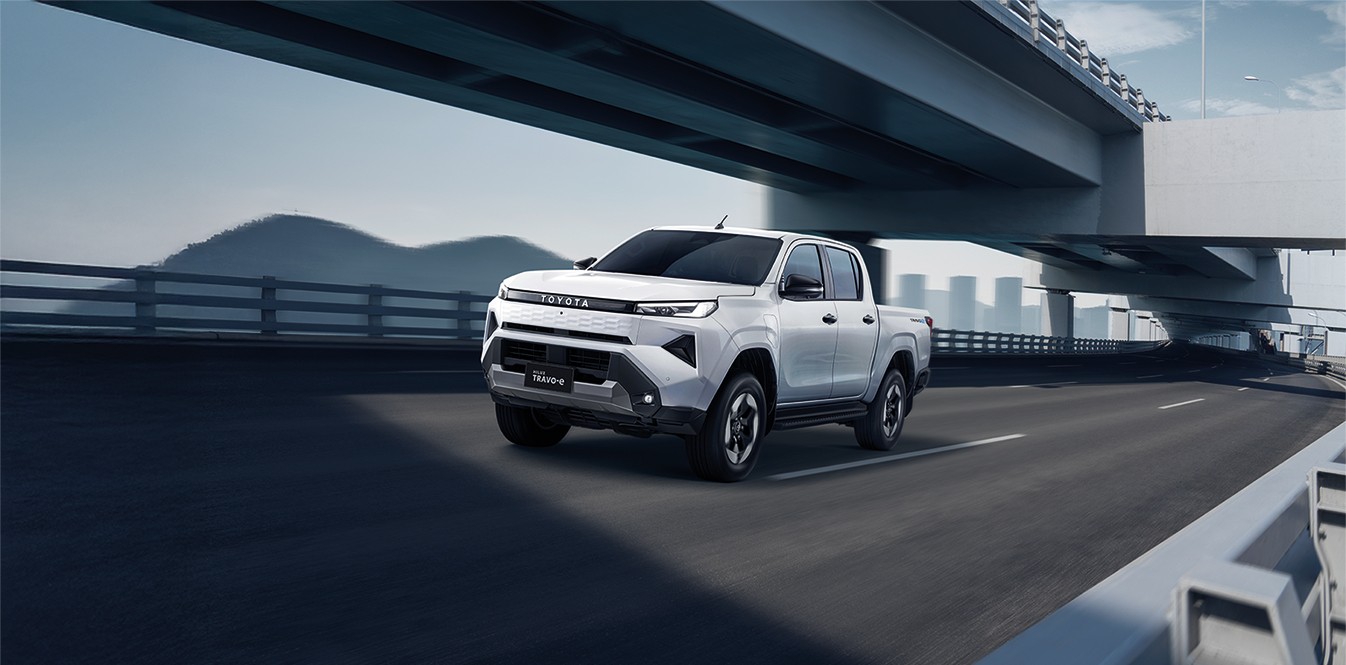
Toyota pairs this specific hybrid system with a robust 2.8-liter turbo-diesel engine, and the combined powertrain system is officially rated for a substantial 7,700 pounds of towing capacity.
Because the motor-generator unit for the hybrid system is mounted relatively high on the truck’s engine bay, Toyota confidently suggests that the hybrid model even retains its impressive four-plus feet of water wading capability, a key feature for off-road utility.
The alternative energy versions of the Hilux, however, may ultimately prove to be a more difficult sell in certain markets.
The advanced hydrogen fuel cell EV variant, for instance, will not even arrive in showrooms until the year 2028; meanwhile, the fully battery-electric Hilux model is equipped with a relatively small 59.2 kWh battery pack and, according to Toyota’s own pre-homologation estimates, should offer a WLTP cycle driving range of approximately 150 miles.
That specific range number may raise immediate red flags for range-focused American buyers who are accustomed to higher figures, but it is crucial to understand that the Hilux EV is most likely to be sold predominantly in international markets where long daily commutes are less common and total driving range is consequently less of a primary concern for commercial and private users.
These initial all-electric Hilux EV models are scheduled to be the first variants to arrive, with a planned debut in select global markets starting in December of this year.
The further internal combustion, hybrid, and diesel variants will continue to roll out to different regions globally throughout the 2026 calendar year.
Given that this represents the first all-new generation of Toyota’s flagship global truck since the model was last updated in 2015, industry analysts expect that initial customer demand for the new Hilux should be significant across all its powertrain options.

